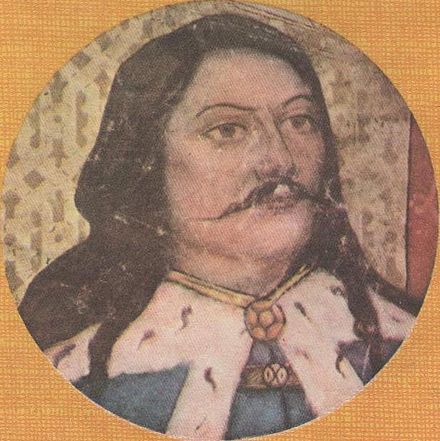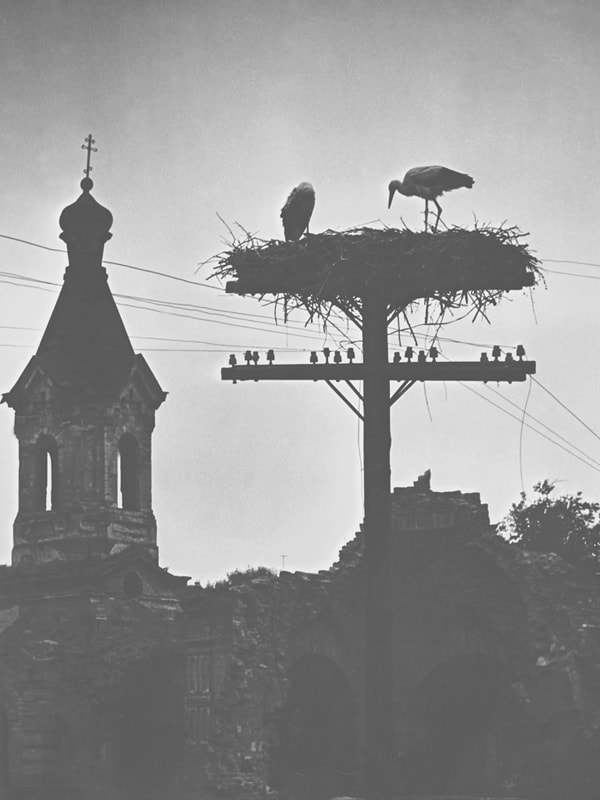|
If you are interested in the wine story of Moldova, please join us June 10th at 7:30 pm by registering on Zoom. Use this link to reserve your place. Moldova. Moldavia. Bessarabia. Today it is the Replublic of Moldova. It is a land far far away. But it's not the Disney story with the happy ending. Moldova was the wine gem of Russia, kept behind the iron curtain and turned into a wine factory making vast quantities of low quality wine. In the last decade, with a complete about face, Moldova is coming out and facing the West. There is an incredibly long history of grape growing and wine making. You'll find a sunny and favorable climate, unique soils, a long list of both international and indigenous grape varieties. You'll witness a number of development agencies working with Moldova to turn the tide in it's favor away from its dark past and towards modern production techniques and export markets. This is Moldova's chance to rewrite, revamp and revitalize it's industry and you can be a part of it. If history is a teacher then we have much to learn about the tenacity of Moldovan people and Moldovan wine. History In 1958, an archeological dig in Central Moldova turned up fossils of Vitis Tentronica (Gilby 2018) - an ancient species with relation to vitis vinifera (grapes for wine) dating back 10 million years ago. In 1967, in central Moldova, fossilized grape pips were identified. The longish shape of the pips and their similarity to grapes pips was considered the first example of domesticated grapes coming from the Neolithic era some 6000 years BCE. Traces of grape growing near Etulia dated the 12th to 10th century BCE with remains found in the province of Dacia including the Trajan wall (4th century CE) bring the history forward. From 1359 The beginning of this story starts with Bodgan 1 who wrestles Moldavia away from the Hungarian king. From this clan, one of the great leaders of Moldavia, Stephen the Great, comes to power with the help of Vlad the 3rd (also known as Vlad the Impaler from which the stories of Dracula are based) and bring with his 47 year reign stability through battles over borders to retain this region. In 1560, as a result of Moldovia becoming a vassal to the Ottoman empire, Alexander the Fourth gifts 7 villages to the church (Orthodox) in Stefan Voda, which allows for wine to continue to be produced. (Muslims are against the consumption of alcohol). This keeps winemaking alive. 1800s Once might argue that the 1800s are the real birth of Moldova and it's evolution into a significant wine making country. In 1804 the Russian Commander Piotl Wittgenstein establishes Domaine Camenca and invites people with know how - in this case German families to inhabit his area and bring their expertise to make wine. In 1812 the Ottomans retreat and Napoleon looses his battle at the hands of the Russians which results in the Russians annexing half of Moldavia to secure wine. In what is now Bessarabia, the borders along Prut river mark the shift towards winemaking as the key agricultural industry and it's unique and special dispensations from the Tsar. In order to develop Bessarabia, imported wines are taxed, one of the ways in which the development of Bessarabia is funded under the Russian aristocracy to secure and enjoy wine of their own. The First Wineries In 1827 as wine making is given special dispensation from taxes and religious freedoms are permitted, wine growers from what is now Germany, Switzerland, Hungary and Italy make their way to Bessarabia bringing with them their tools, vines and knowhow. The first winery is established called Vinaria Purcari and continuously operates until 1940. A viticultural school is established in 1842 (maybe the first in Europe). In 1850 a second winery owned by the Romanov family showing not only the interest but the involvement of the Russian aristocracy in the wine trade in Bessarabia. This winery continues to produce wine until 1917. In 1893, Constantin Mimi, one of the fathers of viticulture in this region, upon returning from his studies at Montpellier and work in the vineyards of Burgundy, France establishes Castel Mimi. It is during this last period, the most abundant, that wine of many grape varieties and styles is produced and exported to Russia and to France. Phylloxera Let's not forget Phylloxera, which decimated the vineyards of Europe from 1860 to 1890. It was this proximity to Western Europe that kept Moldova free of the vitis vinifera (grape vine) root eating louse. In 1886 phylloxera was detected in vineyards north of the capital Chisinau. Because of the Russian influence at the time, more popular than the French, the tools to combat phylloxera were not modern. Modern was by this time was grafting vitis vinifera onto American root stock. Rather the dated approach to uproot and burn the vines and fumigate the soil which had failed, was used to the detriment of vine yards across the region. Never the less, the Moldovan wine industry forged ahead with high density plantings and relatively high production of wine in the midst of all and by the turn of the 20th century was producing more wine that ever before. About 30% of the wines produced were for domestic consumption and the rest exported. Wine Awards 1878 a bottle of Negru de Purcari wins gold at the Exhibition of Paris. 1900 wine produced from Rara Neagra from Purcari gets attention at the Paris Expo. What had become the new home to Bordeaux varieties was becoming a home of showcasing indigenous varieties as well. 1918 The world comes crashing in with the Bolshevik revolution and assassination of Tsar Nicholas and his family. Bessarabia falls under Romanian rule which shares the view that serfs and peasants deserve to a right to land and farming. The only problem is many serfs and peasants do not have the know how to tend vines and make wine. On top of this, the landowners of the last 100 years see their property confiscated. Plots of 6 acres are distributed and as a result very small vineyard holdings with French varieties prevail. In 1940 Russia annexes Bessarabia from Romania and Bessarabia becomes Moldova Soviet Socialist State. The impact on the wine industry from the last 30 years of political instability is devastating. 1991 From 1940 until the break up of the USSR, things continued on the path of collectivization under communist rule. The wineries, once famous for their award wining reds, are tuned into wine factories with their owners shipped off to Siberia to work to death in the Gulags. Production of wine peaks in 1983 at 9.6 m hL of wine produced with 224 K ha under vine. 80% is exported to the Russian market. Moldova's economy is booming. 2006 to Present From the fall of the Soviet Socialist Republic, the light of Moldova having faded so dramatically over the past century, finds a flicker of hope. The new republic of Moldova emerges. The wine market for export continues to be Russia and the style of wine continues to be low quality in giant volumes. In 2005, development agencies respond to bring aid and technology to assist this emerging nation that is struggling with the lowest income in Europe and a large dependence on agriculture. Russia decides to embargo Moldovan wine in 2006 and what was a struggling economy and industry, is now decimated. As western influence continues and Moldova seeks new export markets, Russia again embargos Moldovan wine in 2013. At this point, Moldova turns a corner and it's gaze is fast and focused on the West. Conclusion This is a very short and brief description of the history of Moldova based on my readings and research. Thanks to Caroline Gilby MW and her book "The wines of Bulgaria, Romania & Moldova." This book is available on Amazon. "Moldova: the next exotic wine region in Europe" will the be the title of my next blog post and the continuation of this journey. If you would like to attend the live zoom presentations please check my website session for the registration links. Lion Gri - Wines of Moldova in BC  Try a traditional old world style of wine from Moldova may that has some mellowness from age. It's 2010 Saperavi from Lion Gri. Retail is $19 before tax. Great value. Available at Everything Wine River District, Jak's on Granville, Liberty Wine Merchants at Granville Island and other private wine stores in BC. Tasting note: 100% Saperavi in French Oak 12 mo Dry & full body aromas and flavours of stewed prune plum with black bramble berries, roses, wood spice. This is flavourful with nice harmony and a smooth lingering finish. Goes great with grilled lamb chops. For more info on Lion Gri wines of Moldova follow this link.
0 Comments
Leave a Reply. |
AUTHORI'm Good Wine Gal.
I blog about "good wine" and how to find it! Join me on my adventures of finding beautiful wine loving places, people and those special bottles we all get excited about. Archives
March 2024
|
Photos from Magnus Reuterdahl, wuestenigel, Fareham Wine











